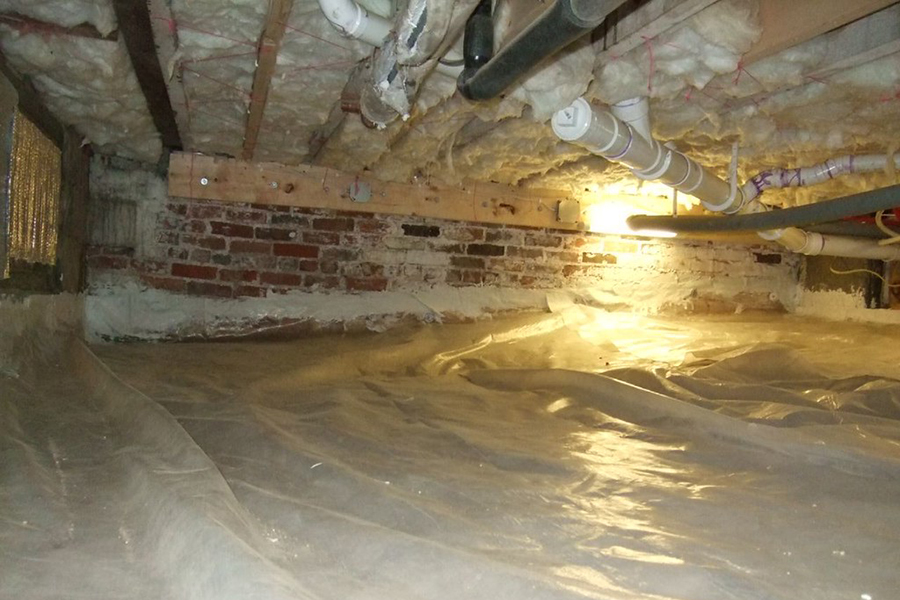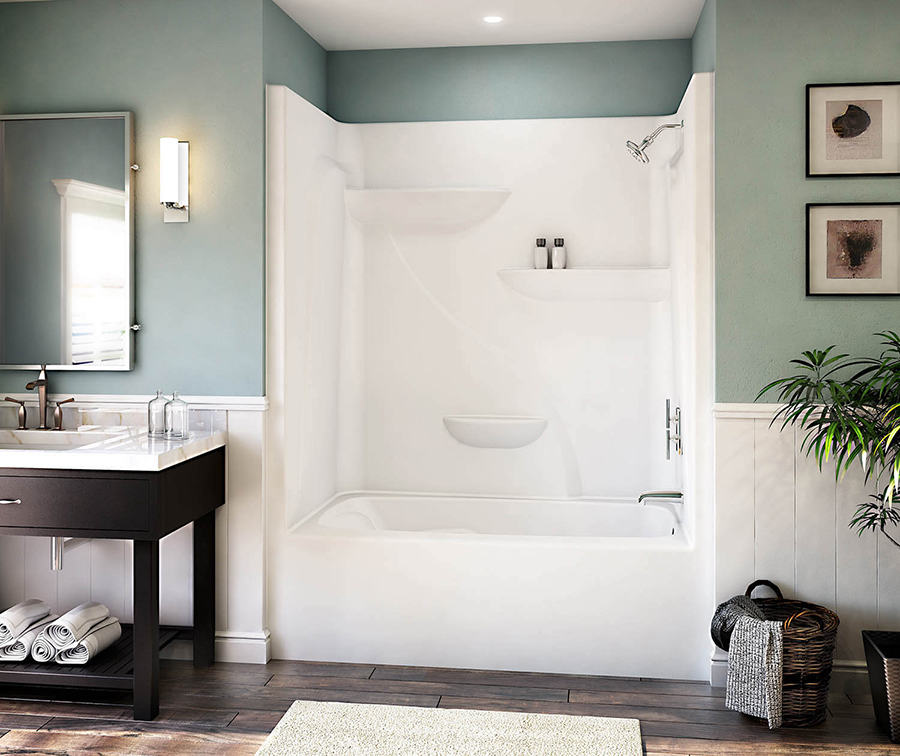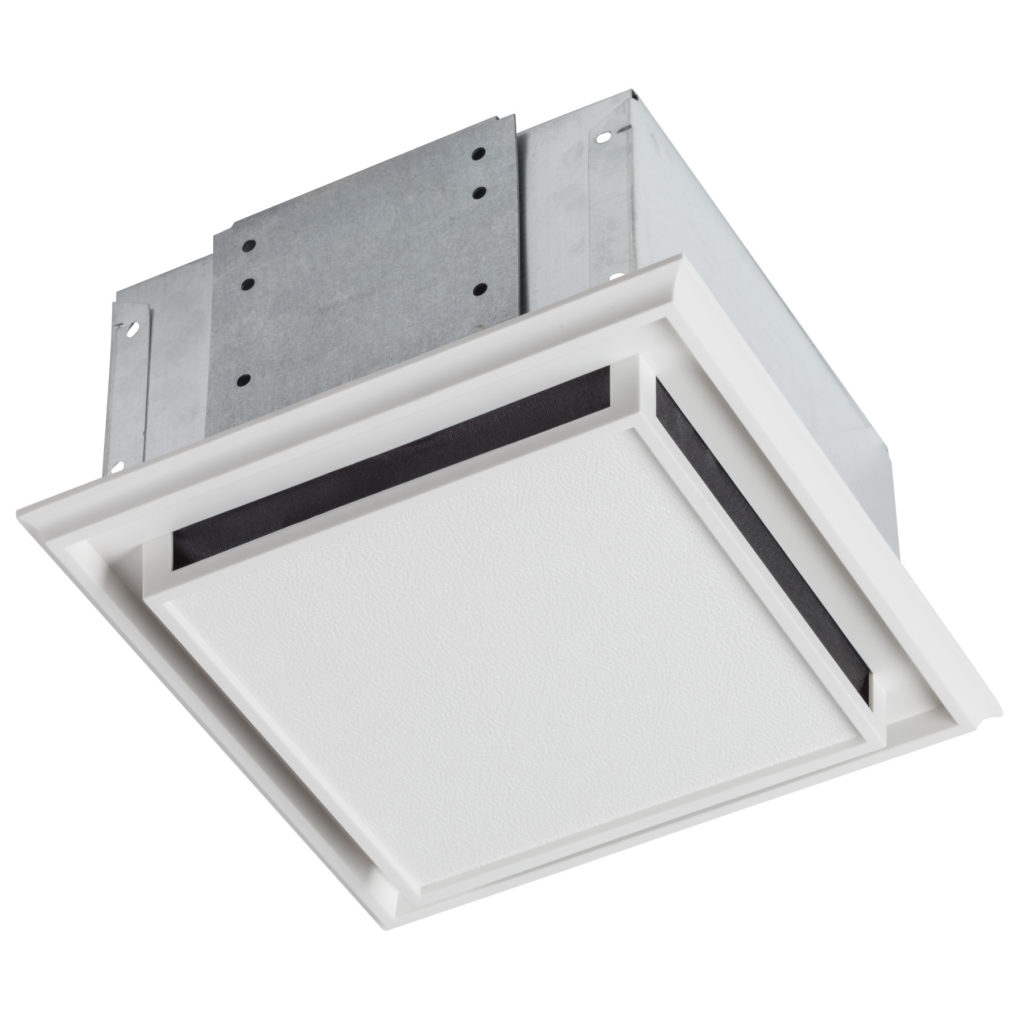Image Source
Your crawlspace is the most vulnerable area in your home to freezing and leaks. When your plumbing runs underneath your house, the pipes become highly susceptible to damage as the water inside freezes and thaws. Because water expands when it freezes, frozen water in your plumbing creates pressure on your pipes until, ultimately, they burst.
It can be hours, days, sometimes even weeks before a leak in a home is noticed, and in that time, thousands of gallons of water can be leaked into your home, wrecking everything in its path. Many homes require top-to-bottom “full-guts” due to frozen or burst pipes and their aftermath. Even if the leaking only occurs in a crawlspace, mold and decay are just the beginning of the problems that could occur.
The best way to handle frozen pipes? Avoid them completely. This article will cover what you need to know to take the best preventative measures to protect your home.
Insulate your crawlspace
Whether or not your crawlspace itself is heated, insulation is the first line of defense. If you’re new to insulation and don’t know where to start, this link from energy star will let you know what R-value is recommended for your area. R-value is the measure of thermal resistance, or of the ability of a material to resist heat from passing through it. The higher the R-value, the more effective the insulation.
Before installing any insulation, make sure to close your crawlspace vents at the beginning of winter. Cold air is bad, but moving cold air is worse, and far more likely to create an opportunity for freezing. Make your way around the crawlspace, and take note of anywhere there is a gap allowing air to travel in and out. For example, hose piping, cable TV holes, etc. Fill these gaps with spray foam insulation from the inside of the crawlspace. Spray foam expands as it cures, and can be an aesthetic blemish. If applied too close to your siding on the exterior, it could damage the seal as it expands, or just simply be an unattractive blob hanging there.
Next, make sure you put insulation directly over any spaces in your foundation that aren’t a solid part of the wall, such as vents or windows. You can use either rigid foam or bat insulation cut to the size of the opening. Keep these on hand to reuse each winter!
Depending on your climate, the IRC and your local municipality will likely have different requirements for insulation. Some areas require all exterior walls of the crawlspace to be fully insulated and sealed to a vapor barrier, while some require the subfloor above to be insulated from beneath between the joists. Find out what is required in your area, and make sure that your home is up to those standards.
Insulate your Pipes
You can’t always keep the temperature in the crawlspace above freezing, so sometimes other measures have to be taken. There are a few different ways to individually insulate the pipes themselves. This provides a crucial added layer of protection from freezing temperatures. Additionally, keeping your pipes insulated can help lower your water heating costs, as your system won’t have to work as hard each time you turn on the hot water tap.
Heat tape
An easy but slightly more expensive option is to use heat tape to actually heat the pipes. It’s required to be connected to electricity all winter, but has a thermostat to turn off when temps are above freezing. Heat tape also must be installed and operational before temperatures start dropping to freezing to be effective. Most options on the market are self-regulating. They will warm up when temperatures drop and output less heat when temperatures rise. They are an accessible quick fix for the average homeowner and are typically just plugged into a GCFI outlet and left to do their work.

Tubular Pipe Insulation
Tubular pipe insulation is extremely common for pipes with long straight runs. They come in a few different sizes to accommodate different widths of pipe and have one long seam. The tube fits around the pipe, and thus the pipe is better protected from severe temperatures. The best option is to choose one that has an adhesive strip along the seam to create a complete seal around the pipe.

- Polyethylene foam is better for colder, drier climates than its rubber counterpart as rubber may crack and degrade over time, is often thicker than rubber, and will retain its shape better.
- Rubber pipe insulation is slightly more flame retardant than foam, lasts longer on average, is more flexible, and is generally more affordable.
Be sure to miter the tubes around pipe corners to ensure complete coverage and seal joints with Reflectix tape or foam tape. Alternatively, purchase designated T-joints or corner pieces for tricky areas, and tape them to your longer-running pieces.
Fiberglass Pipe Wrap
Fiberglass pipe wrap is pricier than tubing, but it’s a great performer. It’s excellent for turns or odd pipe joints that otherwise would be challenging to protect with tube insulation.
Make sure to use eye, respiratory, and skin protection when installing as fiberglass can be nasty stuff. Keep the foil side towards the room and don’t wrap too tightly, as the loft in fiberglass insulation is a big part of the r-value it creates. Keeping it too tight will minimize its effectiveness. Secure the ends with duct tape.

Final Tips
If you live in a climate that frequently has sub-zero temperatures in the winter, thorough insulation is key to preventing a frozen water fiasco. Additionally:
- Keep your faucet at a trickle if leaving the home when severe weather is expected. Water is much less likely to freeze when it’s moving.
- If you have plumbing on or near an under-insulated exterior wall, keep vanity or closet doors open during cold snaps to ensure enough heat from the home reaches the pipes.
- Pick up a small electric heater and keep it on low for especially cold areas in your crawlspace as needed.
- If your pipes do freeze despite your efforts, NEVER use a torch or other open flame to defrost them. Instead, use a hairdryer or heat gun, continuously moving along the length of the pipe to gradually warm it and unfreeze the water inside.
Let us know if you have any questions or feedback about crawlspace or pipe insulation in the comments below!




